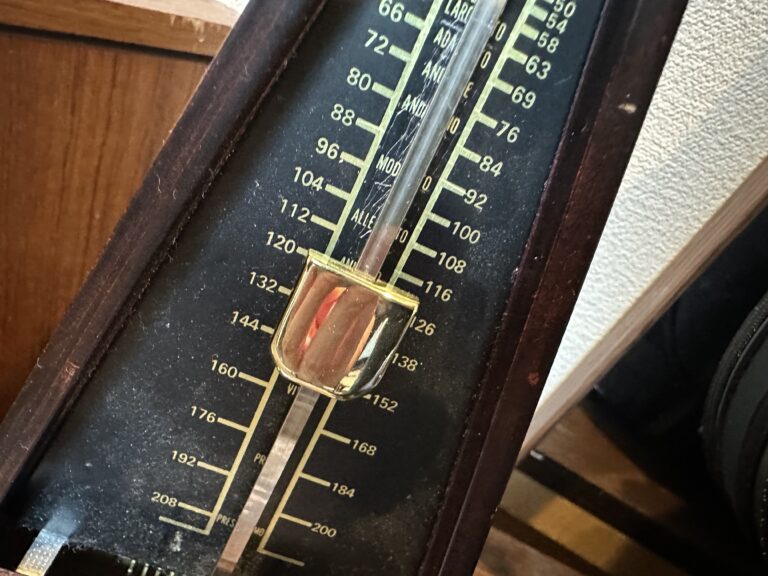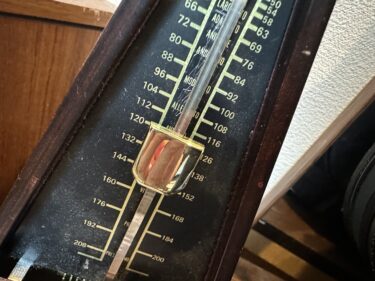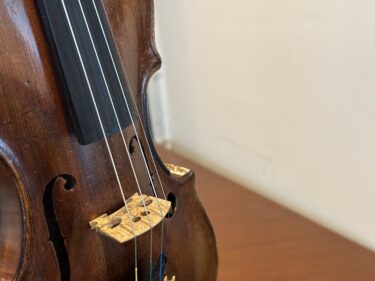The metronome is a powerful tool for any musician, and for violinists, it can help perfect your timing and rhythm. By practicing with a metronome, you can develop your internal sense of rhythm, improve your intonation, and increase your overall musicality. In this blog post, we’ll explore how to effectively practice the violin with a metronome, providing tips and strategies to get the most out of this essential tool.
- Understand the Basics of a Metronome
A metronome is a device that provides a consistent, adjustable beat to help musicians develop a steady tempo. It can be a physical device or a digital app, with options to adjust the beats per minute (BPM). Before you start practicing with a metronome, familiarize yourself with its features and how to adjust the settings.
- Choose the Right Tempo
Selecting the right tempo is crucial for effective practice. Start by playing a passage slowly, focusing on accuracy and evenness. Gradually increase the BPM until you reach your desired tempo. If you’re struggling to play a passage at a certain tempo, slow it down and work on accuracy before increasing the speed.
- Break Down Difficult Passages
When faced with a challenging passage, break it down into smaller sections. Begin by practicing each section slowly with the metronome, focusing on accuracy and evenness. Once you feel comfortable, gradually increase the tempo. Finally, practice connecting the sections together, maintaining a steady rhythm and tempo throughout.
- Use Different Note Values
Practicing with different note values can be beneficial for developing a strong sense of rhythm. For example, if you’re working on a passage with eighth notes, set the metronome to play a beat for each eighth note. As you become more comfortable, switch to quarter notes or half notes to further challenge your internal sense of rhythm.
- Employ the Metronome for Scale and Arpeggio Practice
Using a metronome while practicing scales and arpeggios can greatly improve your intonation and finger coordination. Start with a slow tempo and focus on evenness, accuracy, and maintaining a consistent tempo. Gradually increase the BPM as you become more comfortable.
- Monitor Your Progress
To measure your progress, keep a practice log where you record the tempos you’re able to play each piece or passage. This will help you see your improvement over time and motivate you to continue pushing yourself.
- Don’t Rely Solely on the Metronome
While the metronome is an invaluable tool, it’s important not to become overly reliant on it. Make sure to practice without a metronome occasionally to develop your internal sense of rhythm and tempo. This will help you become more confident and expressive in your playing.
Conclusion
Incorporating a metronome into your violin practice routine can yield significant improvements in your timing, rhythm, and overall musicianship. By following these tips and strategies, you’ll be well on your way to mastering the metronome and enhancing your violin skills. Remember to be patient and persistent, and you’ll see progress in no time.





